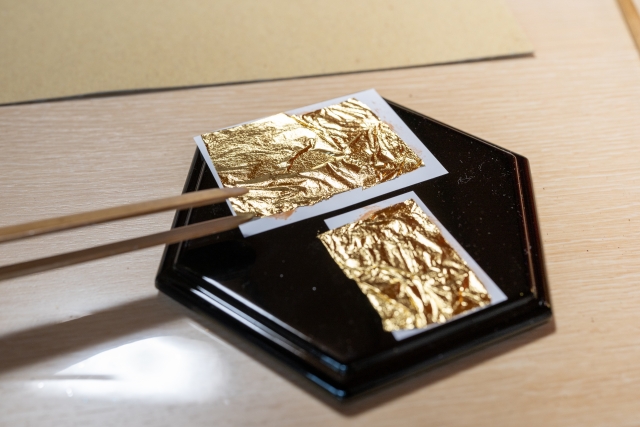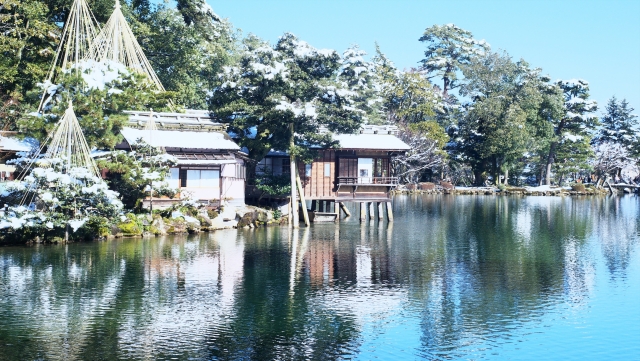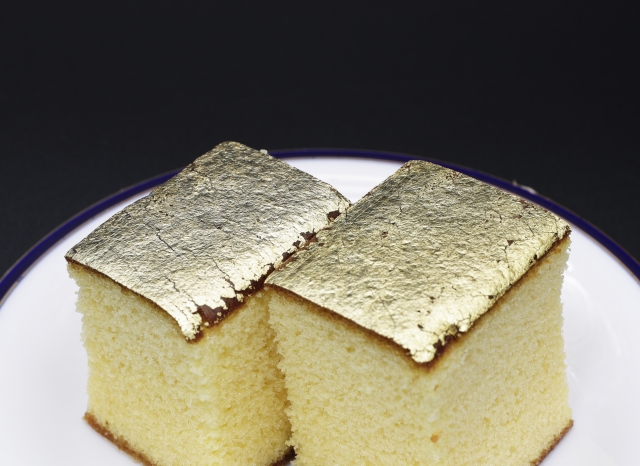Gold Leaf Factory Tour: Experience Traditional Craftsmanship and Modern Appeal
A “Gold Leaf Factory Tour” offers tourists an unforgettable experience of directly engaging with traditional Japanese craftsmanship. Kanazawa, in particular, is renowned for its gold leaf production, with many workshops offering guided tours. This article will introduce the charm of gold leaf factory tours, how to access them, and recommended spots to visit in the area.
The Charm of Gold Leaf Factory Tours
History and Production Process of Gold Leaf

Gold leaf is one of Japan’s traditional decorative techniques, with a history spanning over 400 years. Kanazawa is famous for its beautiful gold leaf products. During a factory tour, you can learn in detail how gold leaf is made.
The tours showcase the process of thinning gold and the meticulous hand-finishing work. Witnessing the skilled craftsmen creating incredibly thin gold leaf up close provides a valuable insight into the high level of Japanese craftsmanship.
Hands-On Workshops

Many gold leaf factories offer not just tours but also hands-on workshops where you can create products using gold leaf. For example, you can make gold leaf accessories or washi paper with gold leaf, which is a popular souvenir. You can take home your creations, making it a wonderful memento of your trip.
How to Access
Gold leaf factory tours are located throughout Kanazawa city, with excellent access from major airports.
From Narita Airport
From Narita Airport to Kanazawa, take the Narita Express to Tokyo Station and then transfer to the Hokuriku Shinkansen “Kagayaki” or “Hakutaka.” The journey takes about 3.5 hours. From Kanazawa Station, buses or taxis provide easy access to various workshops.
From Haneda Airport
From Haneda Airport to Kanazawa, a convenient option is the domestic flight to Komatsu Airport, which takes about an hour. From there, you can take a bus or train to Kanazawa city. From Kanazawa Station, buses or taxis are available for further travel.
From Kansai International Airport
From Kansai International Airport to Kanazawa, take a train to Osaka Station, then transfer to the limited express “Thunderbird.” The journey takes about 2.5 hours. From Kanazawa Station, you can reach the workshops by bus or taxi.
Recommended Spots Around the Area
While visiting the gold leaf factories, be sure to explore other attractions, shopping, and dining options in Kanazawa.
Kenrokuen Garden

Kenrokuen Garden is a symbol of Kanazawa and one of Japan’s Three Great Gardens. It offers beautiful landscapes throughout the year, with cherry blossoms in spring and colorful leaves in autumn. It’s a perfect spot for a leisurely stroll after your factory tour.
Higashi Chaya District

Higashi Chaya District is known for its beautifully preserved Edo-period townscape. Traditional teahouses and craft shops line the streets, and you can purchase gold leaf sweets and souvenirs. The district also has many small cafes and restaurants popular with tourists.
21st Century Museum of Contemporary Art, Kanazawa
For contemporary art enthusiasts, the 21st Century Museum of Contemporary Art in Kanazawa is a must-visit. The innovative building houses works by both domestic and international artists. It’s a place where you can spend the entire day enjoying art with your family or as an art lover.
Omicho Market
Omicho Market, known for its fresh seafood, is bustling with locals and tourists. The market offers dining spots where you can enjoy fresh seafood dishes on the spot, including Kanazawa’s famous seafood bowls. Local vegetables, fruits, and souvenirs are also abundant.
Conclusion
A gold leaf factory tour is a rare opportunity to experience traditional craftsmanship up close. With easy access to Kanazawa and numerous attractions like Kenrokuen Garden, Higashi Chaya District, and the 21st Century Museum of Contemporary Art, your visit will be rich with experiences. Be sure to include a gold leaf factory tour in your next trip to Japan to encounter unforgettable memories and the remarkable traditional techniques of Japan.

